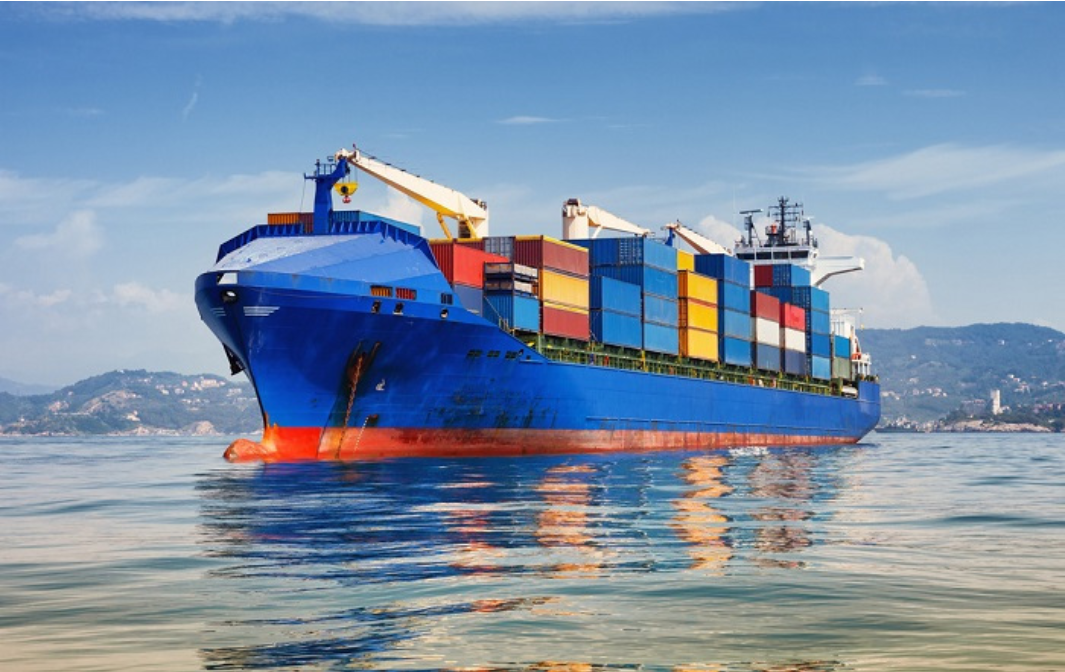Since the epidemic, the trade industry and the transportation industry have been in constant turmoil. Two years ago, sea freight soared, and now it seems to fall into the “normal price” of two years ago, but can the market also return to normal?
Data
The latest edition of the world’s four largest container freight indices continued to fall sharply:
-The Shanghai Container Freight Index (SCFI) stood at 2562.12 points, down 285.5. points from last week, a weekly drop of 10.0%, and has fallen for 13 consecutive weeks. It was down 43.9% compared to the same period last year.
-Delury’s World Container Freight Index (WCI) has fallen for 28 consecutive weeks, with the latest edition down 5% to US$5,378.68 per FEU.
-The Baltic Freight Index (FBX) Global Composite Index at US$4,862/FEU, down by 8% on a weekly basis.
-The Ningbo Export Container Freight Index (NCFI) of the Ningbo Shipping Exchange closed at 1,910.9 points, down 11.6 per cent from last week.
SCFI’s latest issue (9.9) continued to see a decline in all major shipping rates.
-North American routes: the performance of the transport market failed to improve, supply and demand fundamentals are relatively weak, resulting in the market continued downward trend of freight rates.
-U.S. West rates fell to 3,484/FEU from $3,959 last week, a weekly drop of $475 or 12.0%, with U.S. West prices reaching a new low since August 2020.
-U.S. East rates plunged to $7,767/FEU from $8,318 last week, down $551, or 6.6 per cent, on a weekly basis.
Reasons
During the epidemic, supply chains were disrupted and certain supplies were cut off in some countries, resulting in a “hoarding wave” in many countries, which led to abnormally high shipping costs last year.
This year, global economic inflationary pressures and falling demand have made it impossible to digest previously hoarded stocks in the market, causing importers in Europe and the United States to reduce or even cancel orders for goods, and “order shortages” are spreading around the world.
Ding Chun, professor at the Institute of World Economics, School of Economics, Fudan University: “The plunge is mainly due to high inflation rates in Europe and the United States, compounded by geopolitical conflicts, energy crises and epidemics, which have caused a significant contraction in shipping demand.”
Kang Shuchun, CEO of China International Shipping Network: “The imbalance between supply and demand has led to the plunge in shipping rates.”
Impact
To shipping companies: facing pressure to “renegotiate” contract rates, and said they have received requests from cargo owners to reduce contract rates.
To domestic enterprises: Xu Kai, chief information officer of Shanghai International Shipping Research Center, told the Global Times that he believed that the abnormally high shipping rates last year were abnormal, while the extremely rapid plunge this year was even more abnormal, and should be the shipping companies’ overreaction to market changes. In order to maintain liner cargo loading rates, shipping companies are trying to use freight rates as leverage to pry up demand. The essence of the downturn in market transport demand is shrinking trade demand, and the strategy of using price cuts will not bring any new demand, but will lead to vicious competition and disorder in the maritime market.
For shipping: The large number of new ships launched by shipping giants has exacerbated the gap between supply and demand. Kang Shuchun said that last year’s abnormally high freight rates made a lot of shipping companies earn a lot of money, and some large shipping companies put their profits into new shipbuilding, while before the epidemic, global shipping capacity was already higher than the volume. The Wall Street Journal quoted Braemar, an energy and shipping consultancy, as saying that a series of new ships will be launched in the next two years and that the net fleet growth rate is expected to exceed 9 per cent next year and in 2024, while the year-on-year growth rate of container freight volume will turn negative in 2023, which will further exacerbate the imbalance between global capacity and volume.

Conclusion
The essence of the sluggish market transport demand is the shrinking trade demand, using the strategy of price reduction will not bring any new demand, but will lead to vicious competition and disturb the order of the maritime market.
But price wars are not a sustainable solution at any time. Price change policies and market compliance policies cannot help companies to sustain their development and gain a permanent foothold in the market; the only fundamental way to endure in the market is to find ways to maintain and improve service levels and enhance their business capabilities.
Post time: Sep-22-2022



